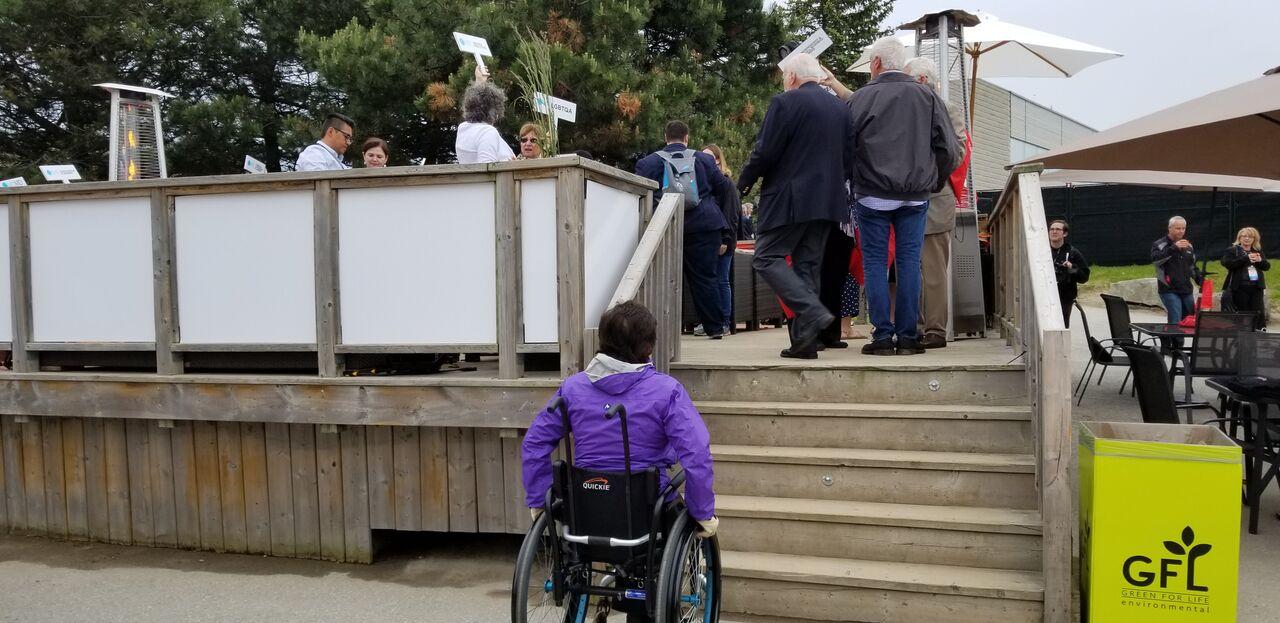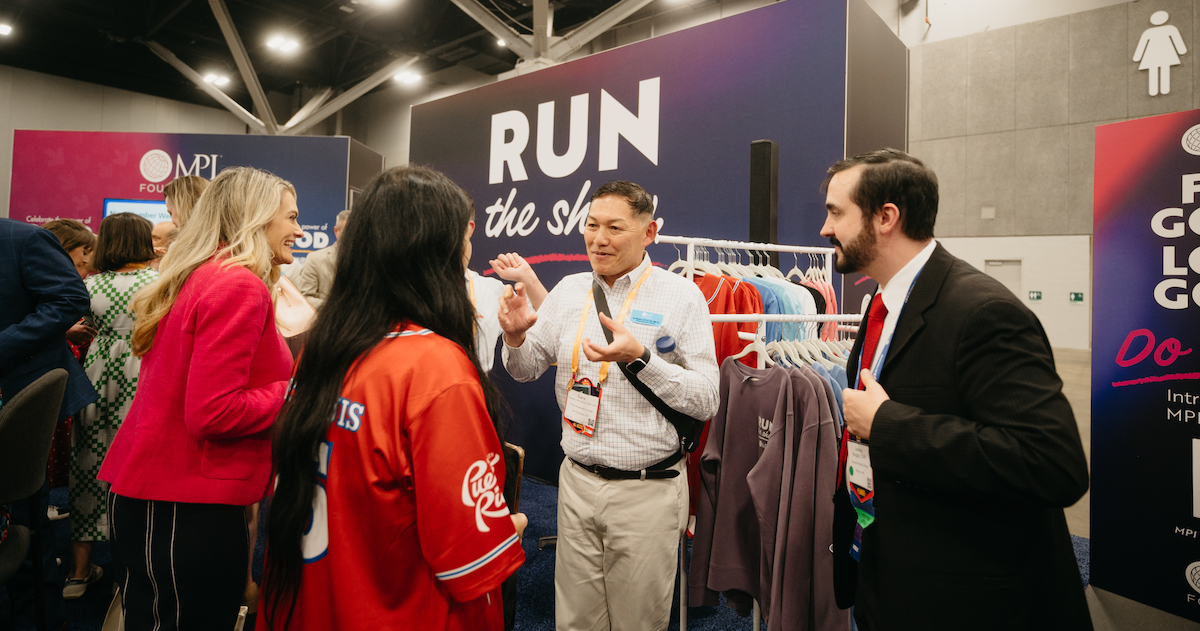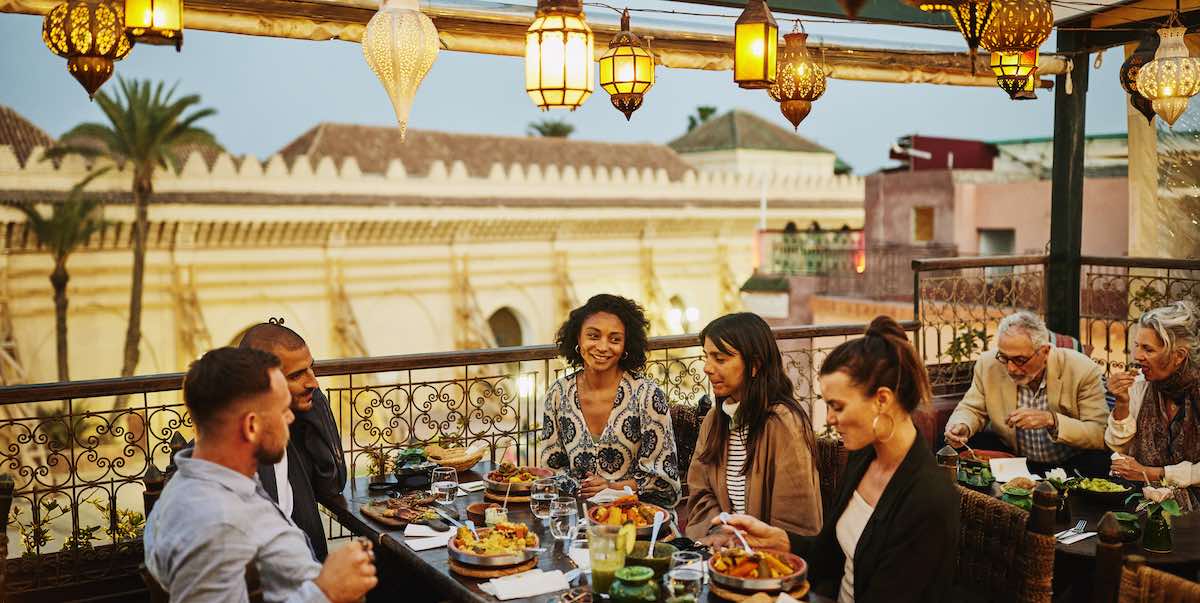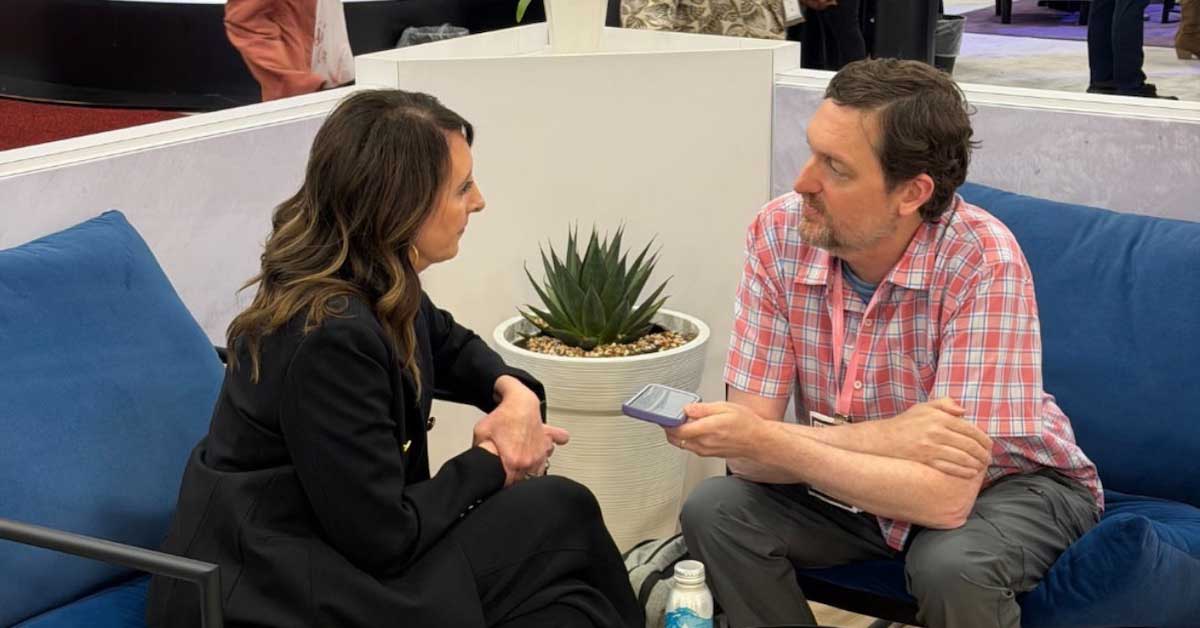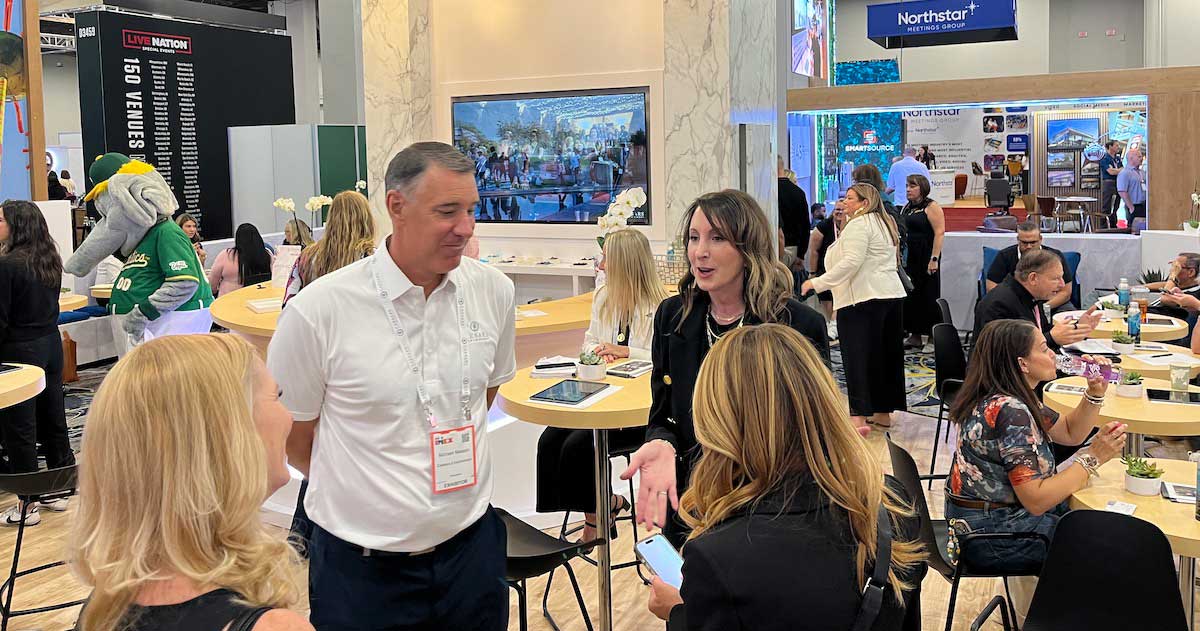Meeting professionals can pick up valuable information when they attend MPI’s international conferences. Let me highlight how meetings and events can be more inclusive for people with disabilities based on my observations at MPI’s World Education Congress (WEC) this past June in Toronto.
As a professional speaker who uses a wheelchair, I have a unique perspective regarding disability inclusion. Since June 1998, I have used a wheelchair because of a spinal cord injury.
Meeting professionals need to know what I have learned in order to make venues and events more accommodating for the speakers and the participants with disabilities. For those who attended WEC, you may have seen me rolling around in my wheelchair or were in the audience for my session, “Accommodating People with Disabilities at Meetings and Events.”
My main MPI contact person who arranged to have me speak was Lori Pugh Marcum, manager of global education and event production. I asked her permission to evaluate my experience as a participant and include my evaluation of WEC in my presentation. Permission was granted and my husband and I began taking photos in Toronto and interviewing people.
My WEC evaluation included the events at the convention center as well as off-site venues. I highlighted the accessibility of the venue as well as the services that were provided to me. In a portion of my presentation, “Roll with Me,” I shared my findings and made suggestions for improvement. I also highlighted gold-star moments, giving praise for the considerations that were offered to make it easier for me to be a full participant.
While you continue reading, think of what you can do to help people with disabilities feel welcomed and included. Here are a few suggestions for disability-inclusion improvements at meetings and events.
Collect Info During Registration and Follow Up
On MPI’s online registration, the topic was addressed: “Please indicate any special physical needs.” This created a way for people to communicate that they have a disability.
Once you are aware that some of the registrants will need to have certain accommodations, it is a good practice to call each person. Encourage the person to share what they need and reassure them that you plan to provide top-notch service to accommodate them.
The information you receive from this interview will give the planning team direction. Start communicating with all the people who will be providing these accommodations.
On March 29, 14 days after I registered for WEC, Tanya Philyaw, an MPI event specialist, called me asking what my transportation needs were in Toronto. She was very thorough in asking me details about my wheelchair and my preference for the vehicle that would transport me from the convention center to the off-site venues and my hotel. She sent me correspondence with information about Cantrav, the accessible transportation company that was hired. This company did an excellent job communicating with me the exact time and location where they would pick me up. A wheelchair-accessible van provided the perfect mode of transportation that was driven by a very conscientious and friendly driver.
On April 30, Marcum led a speaker preparation phone call to orient me to the convention center and discuss my needs as a speaker to set up the room seating, stage, ramp/vertical platform lift and audiovisuals. This call put me at ease knowing that all these details would be taken care of professionally.
Accessible Transportation
People who use mobility devices may need accessible transportation to get from the airport to the meeting or event as well as any off-site locations. MPI had arranged free train transportation from Pearson airport to Union Station downtown. The station was a short cab ride from my hotel, Toronto Marriott City Centre Hotel. I found rolling through the airport somewhat difficult when I encountered some steep hallways. Fortunately, my husband was with me to assist and slow me down.
There were many MPI volunteers in the airport guiding us to the train station. My husband navigated our two pieces of rolling luggage. I had a backpack on my lap. As I was getting off the train, there was a wide gap on the floor at the doorway. I realized I would have to do a “wheelie” in order to get off the train or else the two front caster wheels on my wheelchair would get caught in this gap. This could be a disaster if these wheels were broken. My husband came to my rescue and tilted my wheelchair back just in time so he could roll me out of the train. The wheels on the luggage that my husband was handling also got caught in this gap.
At Union Station, we got into a cab that drove us to the Marriott. My wheelchair was stowed on the front seat and I transferred to the back seat.
Seating and Dining
While attending the general and breakout sessions, I looked for places to position my wheelchair so I was not blocking an aisle. There were times that someone in the room would remove a chair at a table so I could roll in. A waiter came to my aide when I was looking for a seat at a dining table that would be accessible. The waiter removed a chair while I looked under the table to see if a table leg would prevent me from rolling up close to the table edge.
I suggest meeting professionals reserve seating for people with disabilities and let them know where to look for these seats. For example, in the general sessions, have a sign on a few tables in the front of the room, midway in the room and in the back of the room indicating the tables are reserved for people with disabilities and their guests. Make sure that there is a path of travel to these reserved tables so people who use mobility devices can get to them. Remove a few of the chairs at the tables.
Guests in wheelchairs may have difficulty seeing empty chairs at the dining tables and will need a person to help them identify a place to eat. That person can lead the guest to the identified spot at the table and look for a place that does not have a table leg so there is room for the person’s legs and wheelchair.
I met a man with hearing loss who told me he had asked for a reserved seat in the front of the breakout room. When we entered the room together, he was delighted to see his name on a large sheet of paper on the table in the front of the room and a yellow sign on the back of the chair indicating the seat was reserved for him.
Off-site Locations
When going off-site, have an inclusive mindset for people with disabilities. The event at the beach on Saturday night was difficult to navigate in a wheelchair due to the sand. A boardwalk would have made this beach area more accessible. There were several display tents set up in the beach area that were inaccessible. The MPI meetup area was on a wooden deck that had steps to enter. This was totally inaccessible to people who used mobility devices. Meeting professionals need to tour all off-site locations and discuss the accessibility of the venues with the managers.
Photo by MARK LEDER
